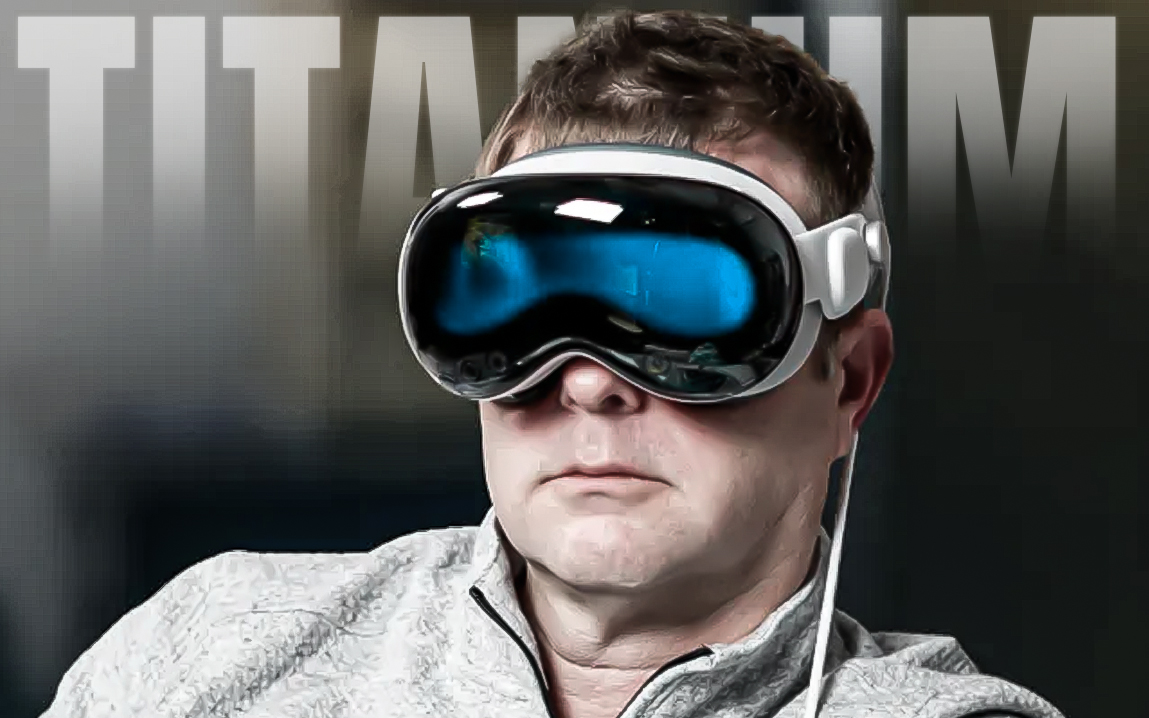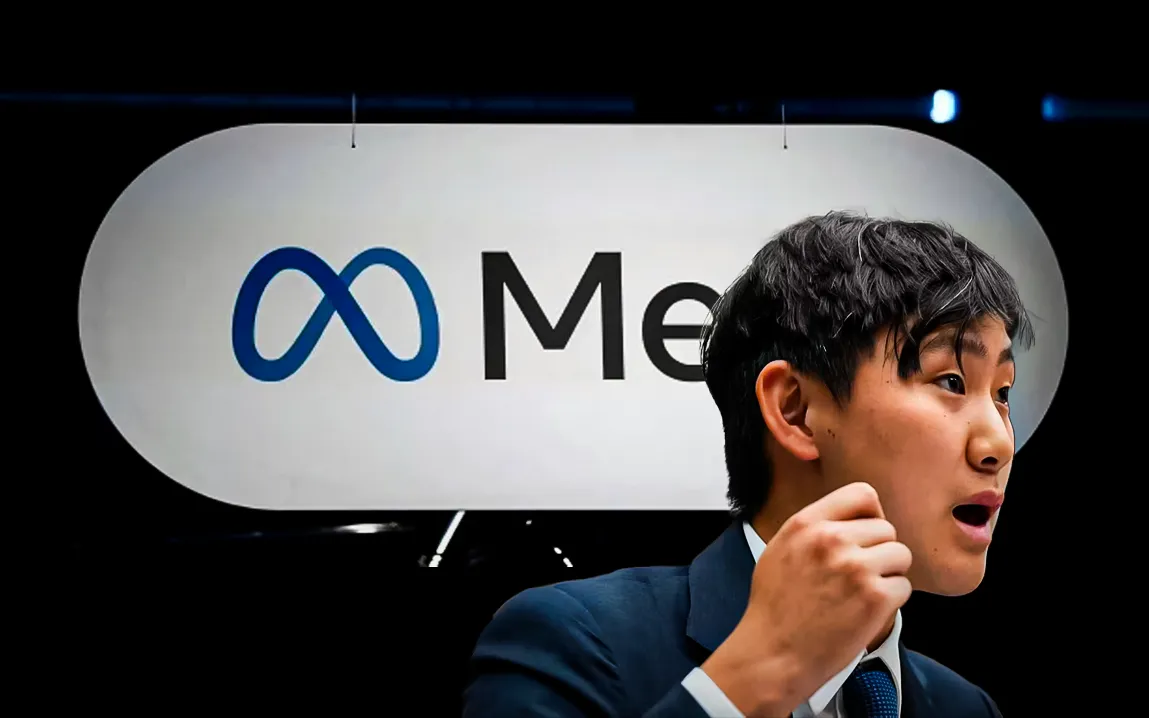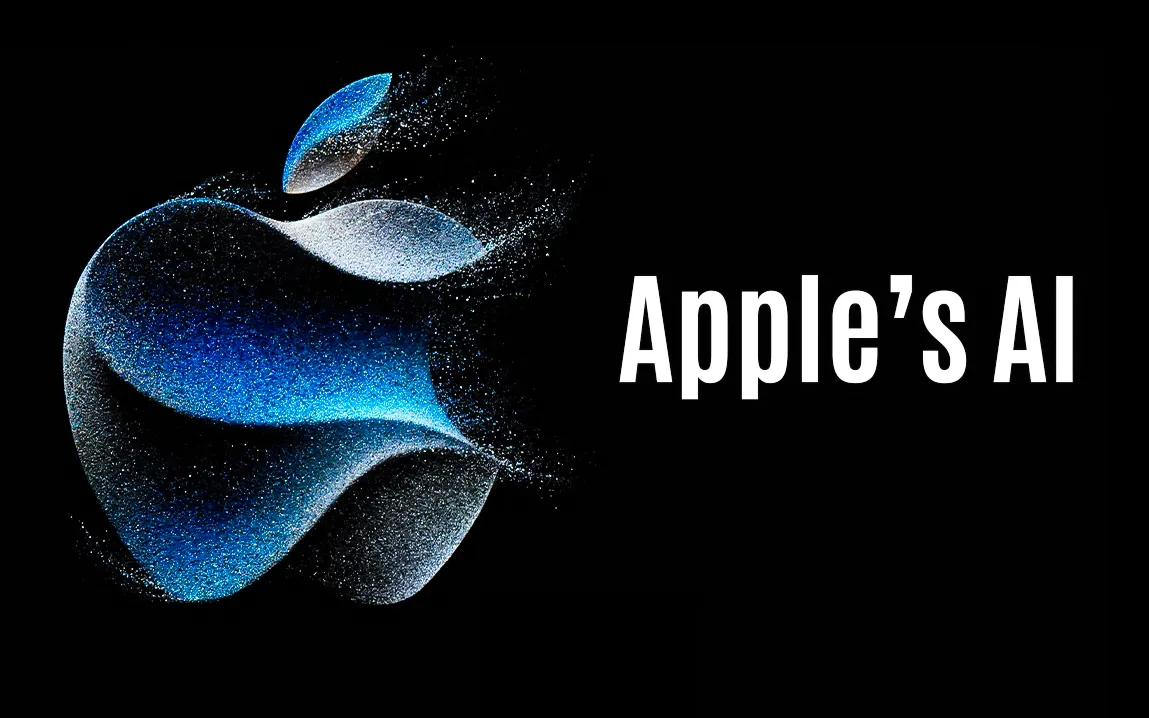Apple is preparing to launch a redesigned mixed reality headset that tackles one major complaint from its first-gen Vision Pro — the weight. Enter: Vision Air.
A New Name with a Familiar Mission
According to the latest reports, Apple’s next-generation mixed reality headset might be called the “Vision Air,” following in the naming footsteps of its slim and portable lineups like the MacBook Air and iPad Air. The name itself gives a clue about the biggest change users can expect: less weight, more comfort.
The Vision Pro, Apple’s first mixed reality headset, made waves for its cutting-edge features, but one thing it didn’t quite nail was user comfort — mainly due to its heavy build.
Cutting Down the Weight with Titanium
The upcoming Vision Air aims to fix that problem. Apple reportedly plans to use titanium components inside the new headset. Titanium, while denser than aluminum, is much stronger. This means Apple can use thinner pieces without compromising durability, ultimately reducing the overall weight.
The headset currently weighs around 650 grams, which makes it feel like strapping an iPad Pro to your face. That’s not ideal for prolonged use.
“The Vision Pro’s weight has been one of the main criticisms from early users and reviewers, so it’s not surprising to see Apple looking for lighter materials.”
The titanium will likely be used for internal structures such as connectors and battery housings. The external casing, however, is expected to remain aluminum, but with a striking new “midnight” black finish, similar to the iPhone 5’s darker tone.
A Redesigned Charging Connector
Apple isn’t just reworking the materials. They’re also changing the headset’s charging connector. The current 12-pin setup used in the Vision Pro may be replaced by a wider 8-pin version. Leaked images show the new connector has a sleek black finish and could be more compact and user-friendly.
“The new connector design also hints at broader internal changes, possibly even battery layout or accessory compatibility.”
This isn’t just a design tweak; it suggests the internals of the device may be getting a refresh as well — something Apple fans will be watching closely at WWDC this June.
What to Expect Next
While Apple hasn’t officially confirmed any of these upgrades or the “Vision Air” name, the company is expected to reveal more during its Worldwide Developers Conference (WWDC) in June. If the rumors are accurate, the Vision Air could address one of the biggest shortcomings of its predecessor and open the door for more casual, comfortable use of mixed reality devices.
“The new headset will reportedly weigh less, but maintain the same overall design and premium build quality that users expect from Apple.”
This could be a major step forward in making extended VR and AR sessions more feasible for the average consumer — not just for developers and early adopters.
Final Thoughts
Apple seems to be listening to its user base. By moving toward lighter materials like titanium and simplifying the connector, the company is setting the stage for a more comfortable and refined experience. The Vision Air might just be the headset that brings Apple’s spatial computing vision to a wider audience — without the neck strain.



